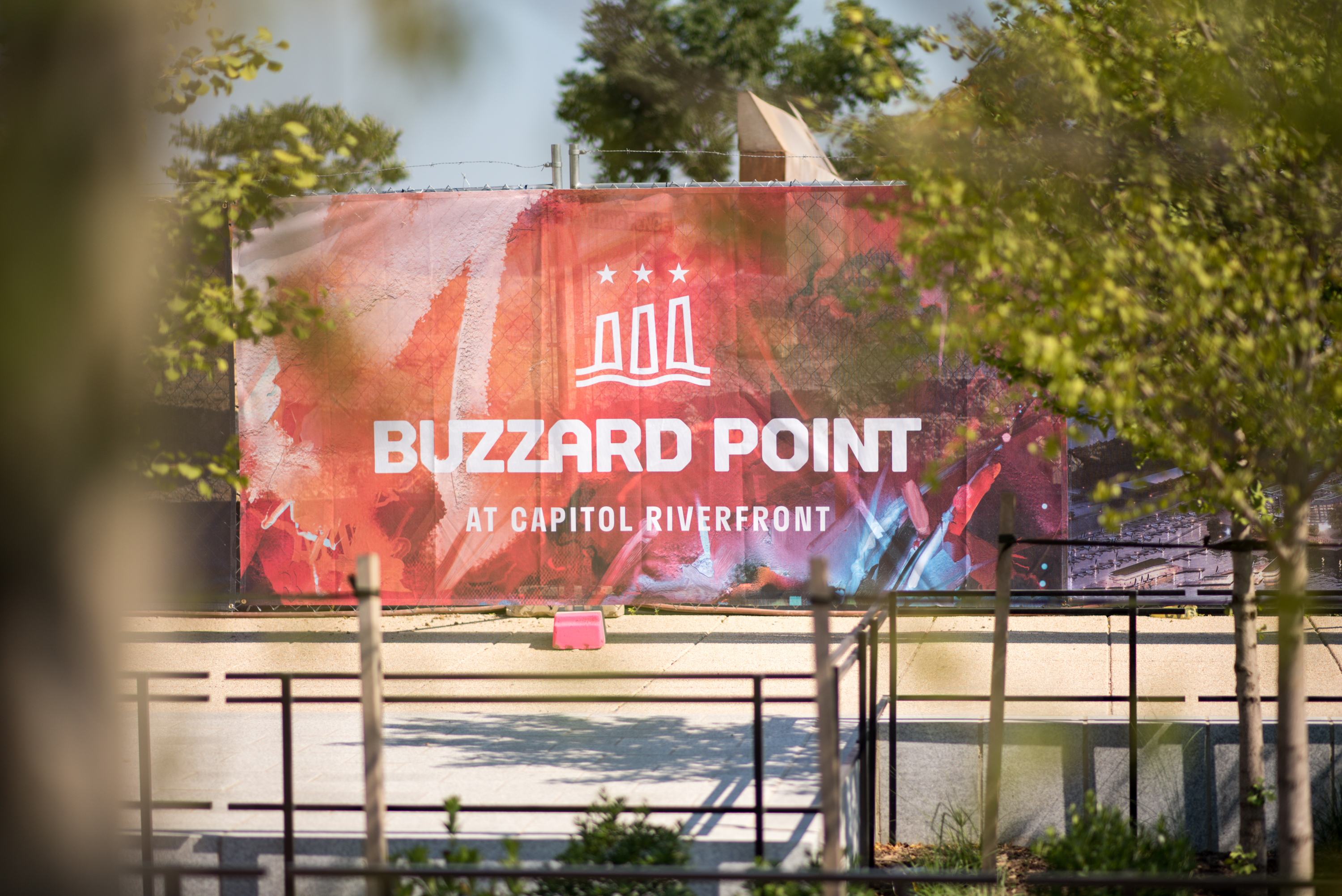The foundation for a national revitalization boom was laid in 2017. That’s when the Investing In Opportunity Act was passed and developers began to laser focus on some of the country’s most economically distressed communities. Over the past two years, more than 8,700 areas across the country have earned the designation of Opportunity Zone, and Forbes reports that revitalization efforts in these communities could impact as many as 35 million residents.
Designed to generate new investment and drive business into forgotten neighborhoods, Opportunity Zones offer developers and investors significant tax benefits. Work must be well underway before the end of 2020 to take full advantage, though. Locally, we see plans rolling out for several communities — plans for destinations designed to attract a new generation of business owners, shoppers, diners, and residents. The potential is great. But so are the challenges.
At Grafik, we’re seeing how some of the issues developers face can be addressed through a strategic effort focused on defining and clearly communicating their intention for the area. Stakeholders need to understand the vision. As Paige Grzelak, one of our clients at Western Development, notes, “To get a deal done, investors have to see the full potential for a project. They’re already doing their due diligence, but to move forward with underwriting, they have to have a clear picture for how a site will be transformed, how it will stand out from other areas, and how it will attract businesses and residents.”
About 18 months ago, Grafik began work on one of the largest opportunity zones in our region. With capacity for 6200 units and approximately 8 million sq. ft. of buildable density, Buzzard Point is at a size and scale that it will be a tremendous addition to the local market. On completion, it will be a true destination neighborhood with new office space, homes, shops, restaurants, and many new entertainment venues.

Our work with stakeholders at Buzzard Point, and our conversations with developers at other opportunity zones, has helped us identify a number of key steps for establishing a solid foundation for future success — exercises any group might want to consider as it begins to plan and design a new community.
Step 1: Define A Narrative
There must be a consistent storyline that captures the vision for area. At Buzzard Point, we identified foundational messages, and then created a statement every developer could use in marketing and communications efforts. Audiences see that shared narrative as a sign that everyone is united in their approach to the new neighborhood, and is working collaboratively to make that vision a reality.
Step 2: Develop A Name
Oftentimes there’s a lot of value in an area’s current name, but with opportunity zones, it may be necessary to consider the pros and cons. If it’s determined that a new name is needed for the community, it’s essential for the name to map back to the vision. Optimally, the name should help underscore the community’s uniqueness — its features, or landmarks. If, on the other hand, the current name lives on — as it does at Buzzard Point — then the narrative should refer back to the community’s history or heritage.
Step 3: Establish Personas
With narrative set, research helps to identify those who are most likely to be attracted to the new area. In an area the size of Buzzard Point, the initial conversations include civic leaders, commercial brokers, business leaders, and potential residents. Personas were developed according to their current perceptions, communication needs, and digital behaviors — all from research. Additional personas will fuel marketing efforts as construction progresses. For opportunity zones, persona development is critical to ensure clear and consistent communication, PR, and marketing.
Step 4: Create A Consistent Look & Feel
Ultimately, the vision for any opportunity zone must be captured visually. Early on, CGI renderings are de rigueur, but alone, they may not be enough to tell the story. As anticipation builds and interest grows, there’s often a need for additional imagery — photography, illustration, and iconography that can be applied consistently to the new community. At Buzzard Point, we developed a flexible logo system that could be used across a wide variety of materials. From wayfinding and signage to presentations and proposals, developers share a single logo that reflects their shared vision.
Step 5: Roll Out A Digital Presence
A dedicated website and social media presence should be used to centralize information about the community and reflect its evolution in real-time. For Buzzard Point, we developed the web presence, but also set up social listening to monitor mentions of the neighborhood, measure positive and negative sentiment, and identify trending topics.
No doubt, opportunity zones will continue to play a significant role in the redevelopment and revitalization of urban areas around the country. They represent an extraordinary potential for local and national developers alike. The transformation of each area will require investment in thoughtfully communicated vision — to the people who will work there, play there, and live there.
_______________________________________________________________________________________
Need help developing personas? Our tried-and-true e-book will help you document the right content, channels and tactics needed to reach your ideal customers. Click here for more.






